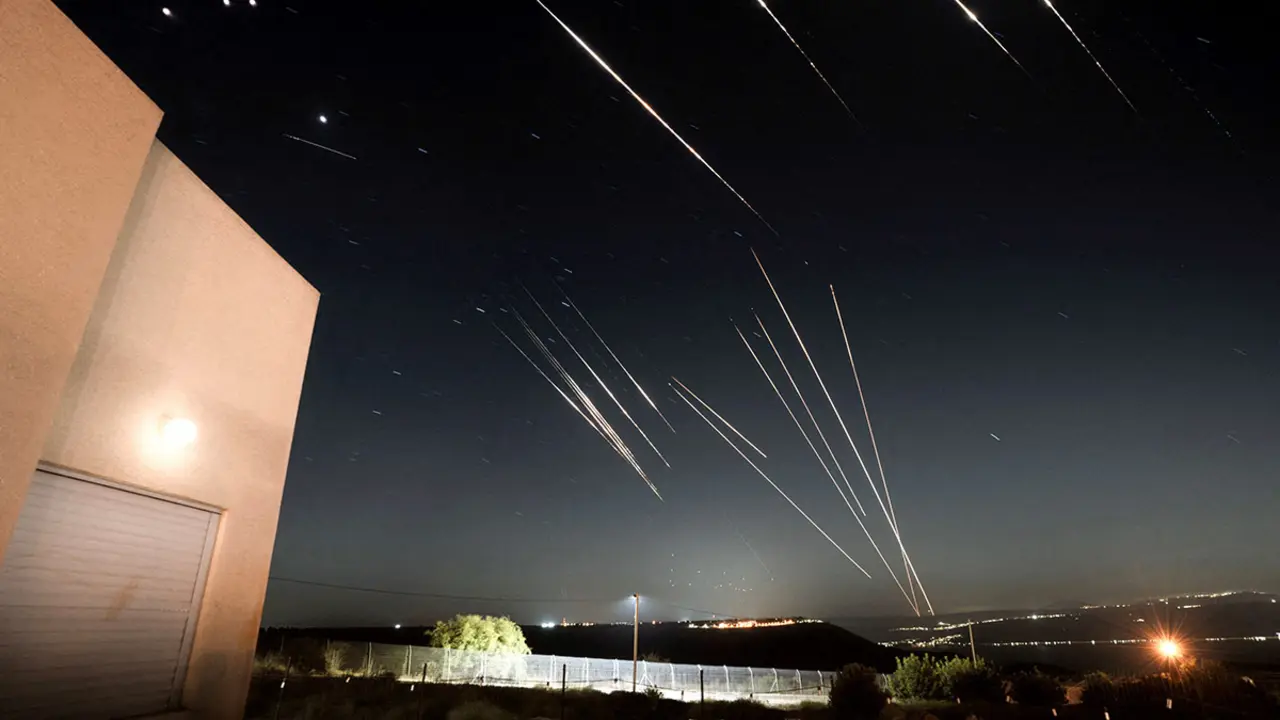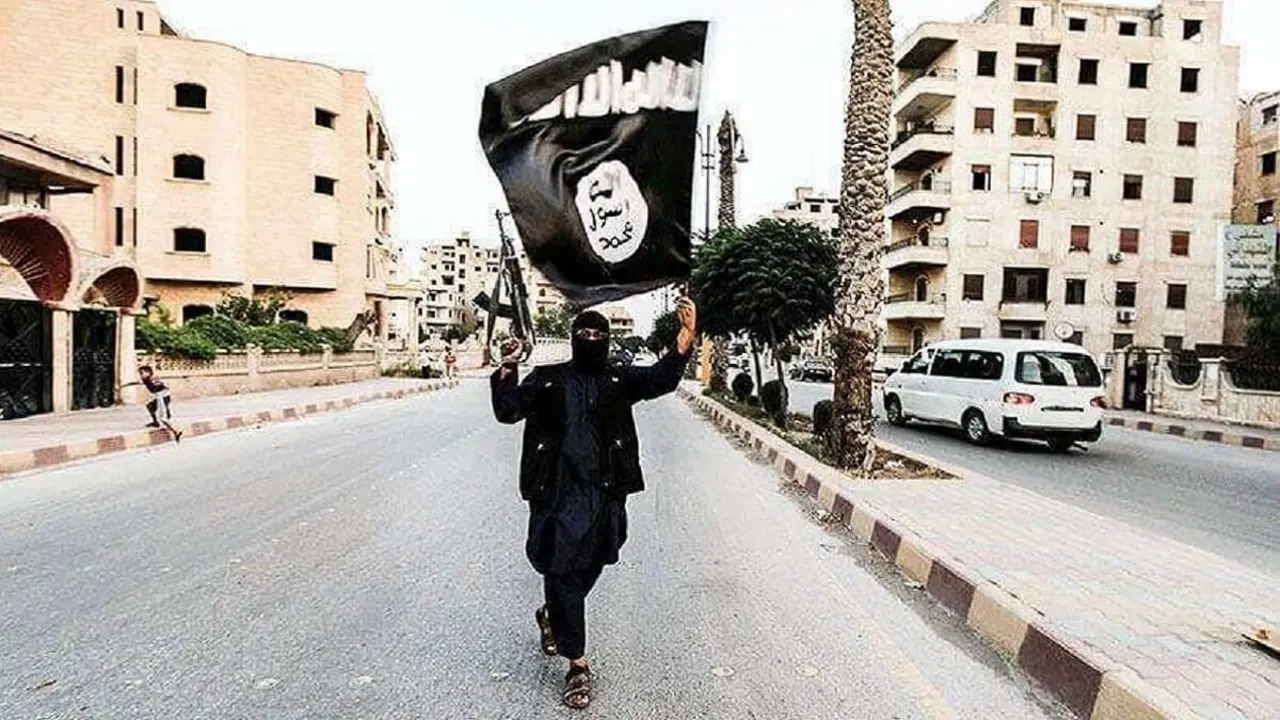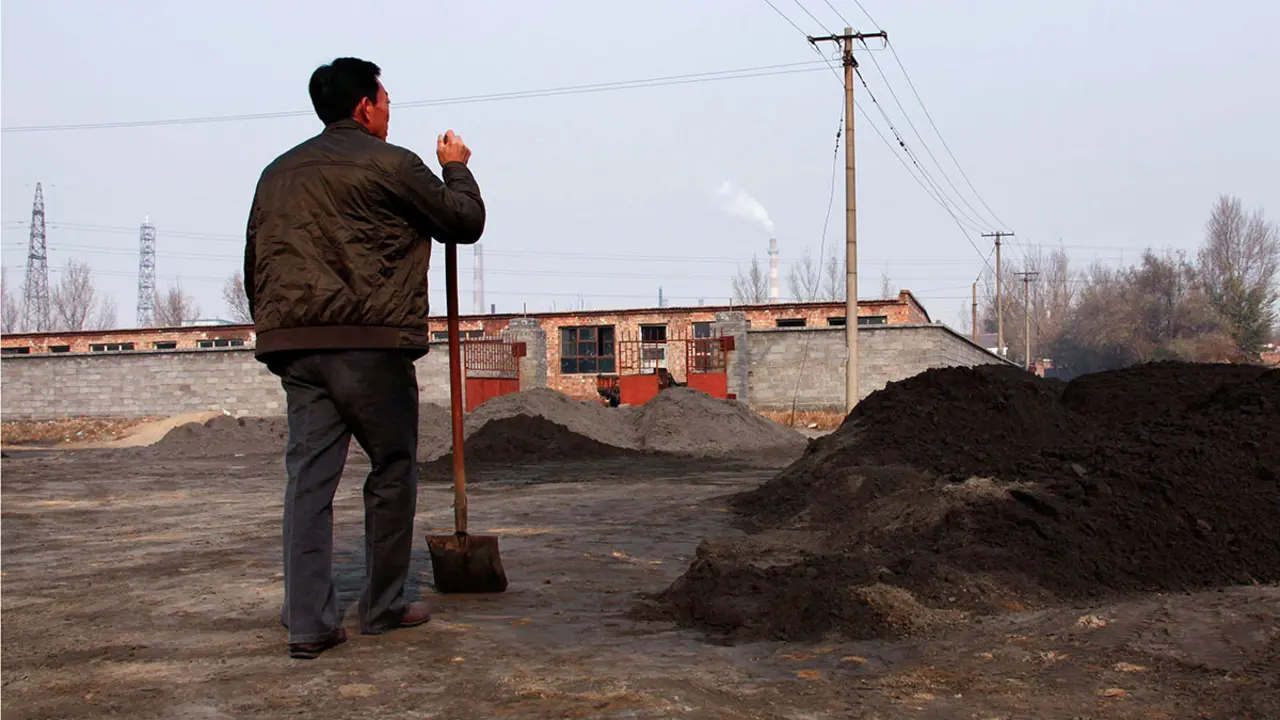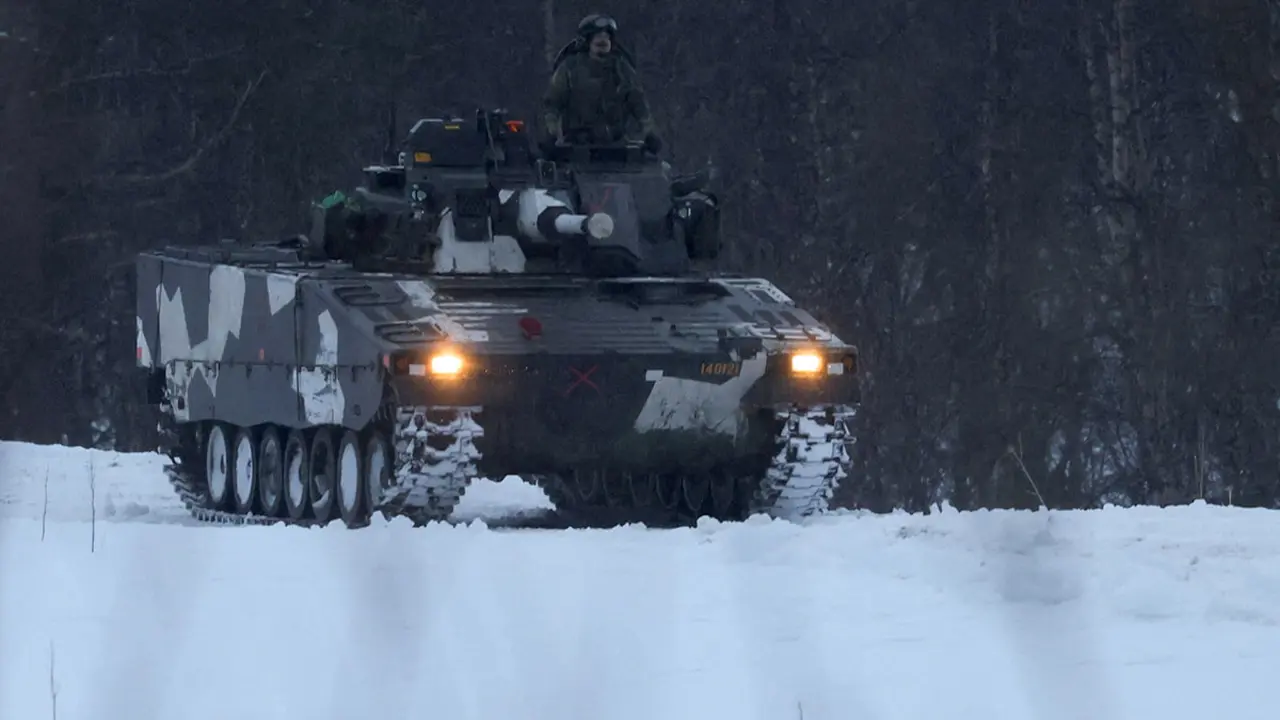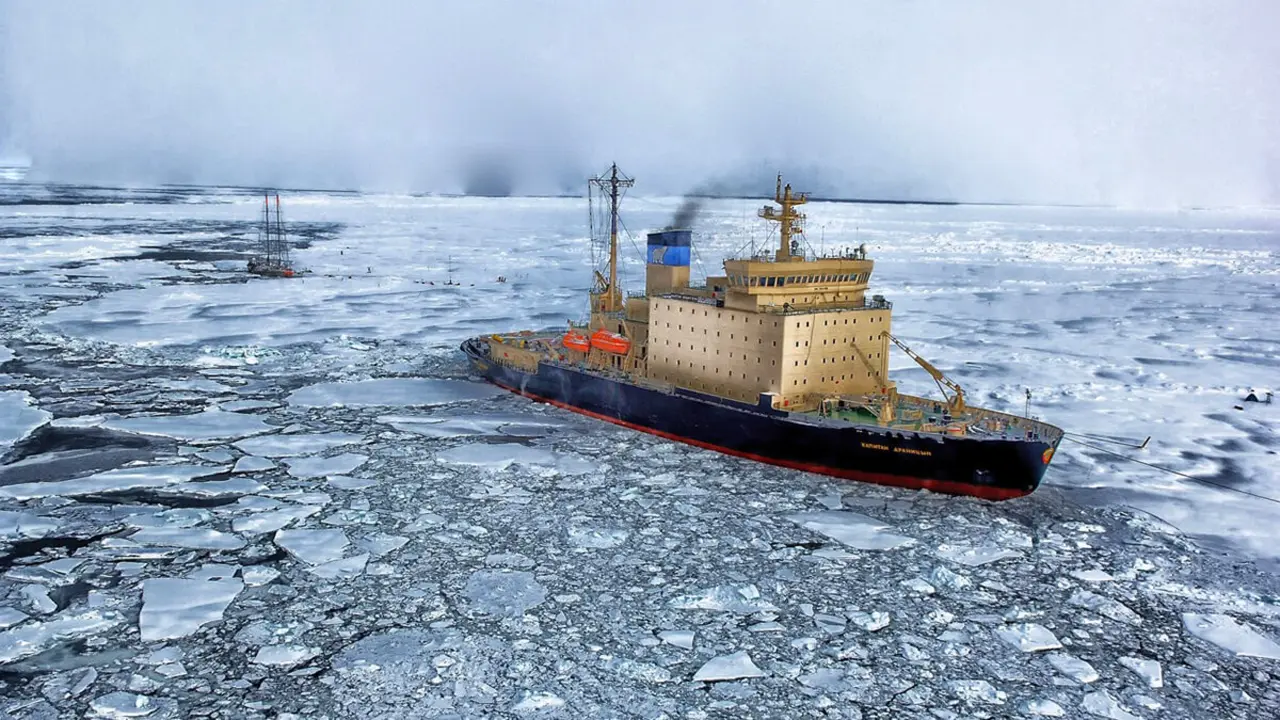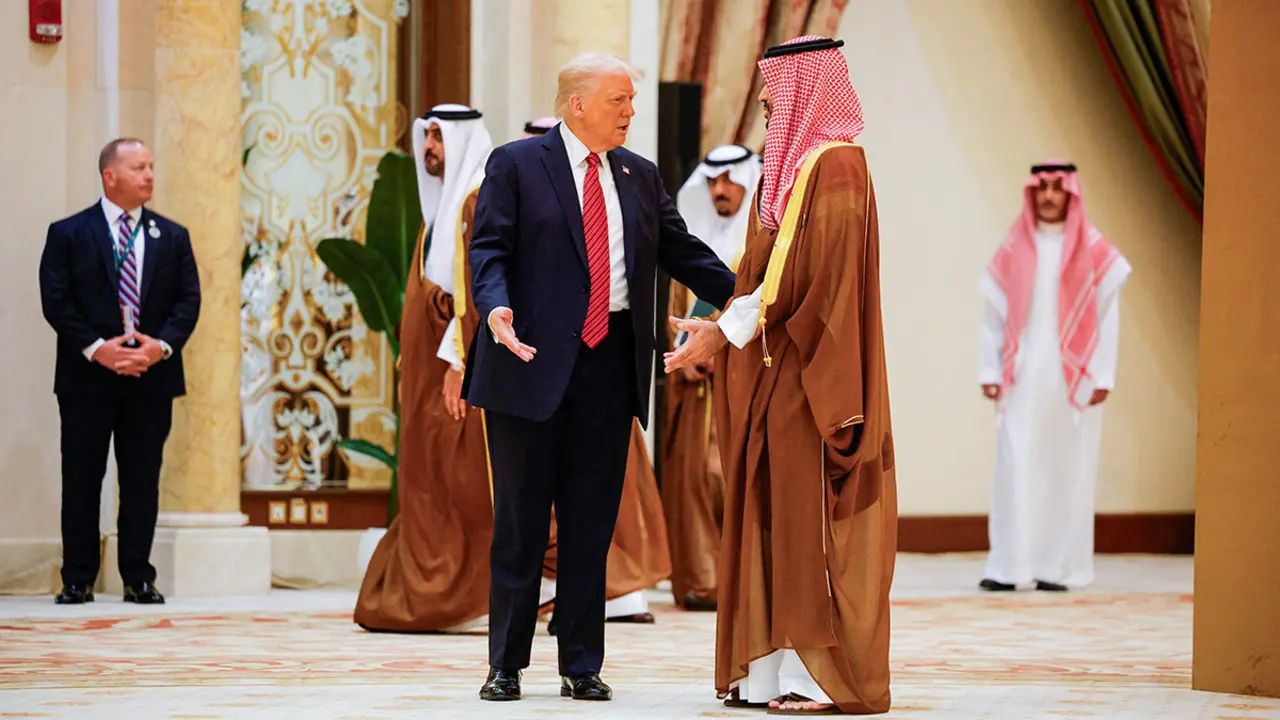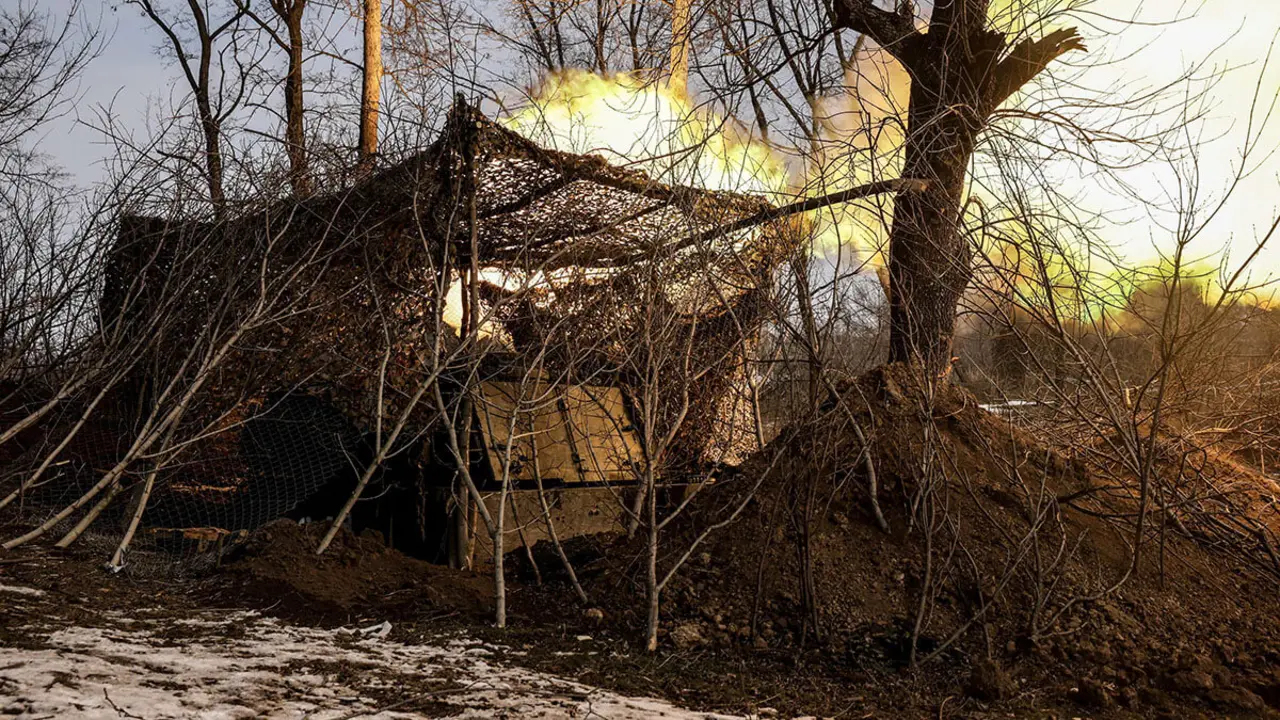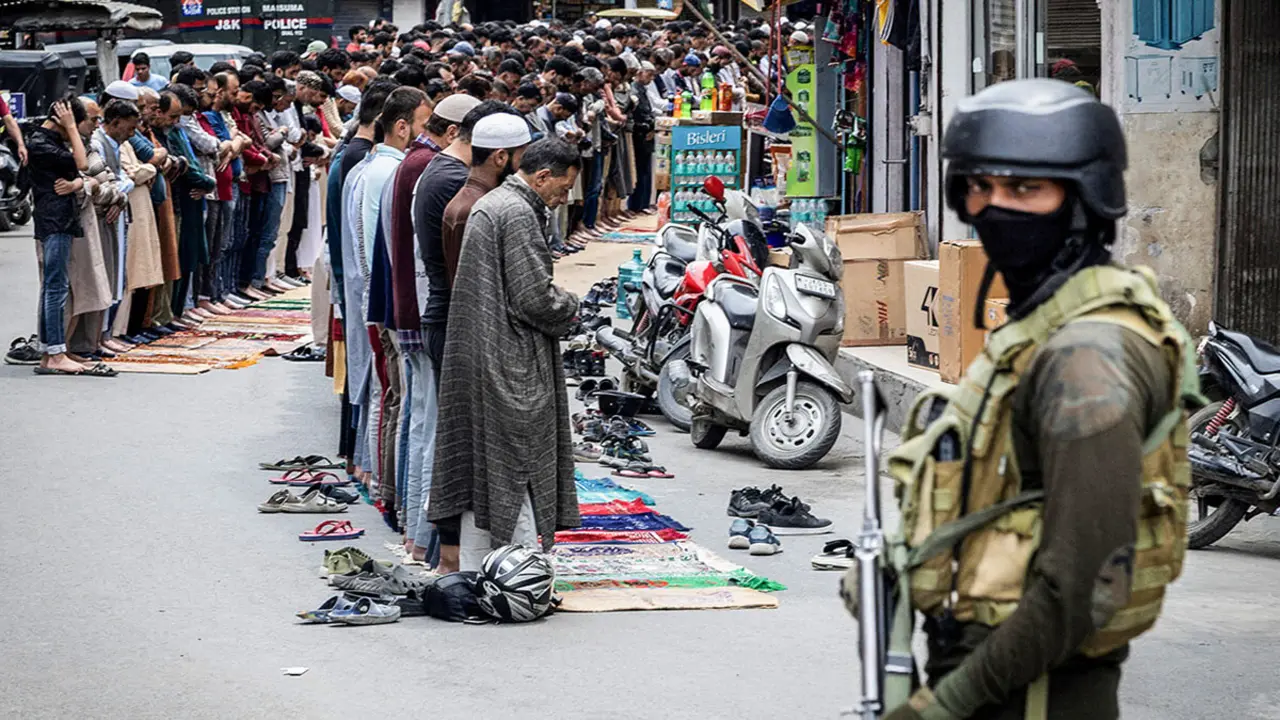Ucrania un año después: la guerra impredecible

The hangover from the first anniversary of the Russian invasion of Ukraine is behind us. The war that has been choking the country for the past year was back on the front page of the newspapers and once again opened all the news bulletins, just like on 24 February 2022.
On the day of the anniversary, all of us who were in a Ukrainian city near the front line woke up early to look at social networks - where Russian attacks are reported almost in real time. Uncertainty accompanied us throughout the day, and every time the anti-aircraft sirens wailed we looked up at the sky expecting the worst.
Many residents of major cities, such as Kiev, left the cities for fear of a massacre. Tributes to the fallen, which were held across the country, were organised discreetly and in many cases without the presence of the press. And messenger chats were abuzz with conversations between refugees - now living in other European countries - and their relatives in Ukraine: "Are you OK?" "Has something happened?" "Write to me in a while, again".
It was a symbolic date, the kind the Kremlin does not let slip. But there was - fortunately - no significant attack beyond the daily efforts of Russian artillery to hold their positions in places like Donetsk, southern Kharkiv or Kherson. What can one read into the fact that nothing happened?
This is not the only question to be asked one year later. For, although the war is being fought on the battlefronts tearing apart eastern and southern Ukraine, it is the civilian population throughout the country that suffers the collateral damage. How long can Ukrainians continue with their lives at a standstill?
How much longer can the loss of jobs and lack of foreign trade be sustained? What about the inflation that has made the country dependent on humanitarian aid? What about the lack of face-to-face education? When will the millions of refugees who have fled the war be able to return?

Contradictory as it may seem, all these questions can be answered on the battlefield, if one of the two contending armies gains a significant advantage. For, although all wars end at the negotiating table, the adversary who has the military advantage when that table convenes will win the war.
At this point, it is worth remembering that Russia conscripted - forcibly - hundreds of thousands of men and that its changes in strategy have been commonplace since it launched the full-scale invasion. It is therefore possible that the announced spring offensive is in the making. It is also possible that, from the Ukrainian side, a new counter-offensive will be launched, this time centred on southern Zaporiyia.
Zelensky's General Staff, for its part, does not disclose details. But it has compiled "The military achievements of the Ukrainian army during the first year of the war" to explain how the current situation has come about. There are 10 points, starting with the siege of Kiev, which lasted for the first weeks of the invasion, without the Kremlin managing to capture the capital.
"The successful defence of Kiev, Cherniguiv, Sumy and Kharkiv from the first hours of the invasion allowed all the military actions that followed," say the General Staff, which points to the "massive resistance of hundreds of thousands of civilians to the Russian occupiers, who entered the cities of Kherson, southern Kharkiv or Zaporiyia" as the second major milestone that took place in 2022.
"Despite the terror, they carried out actions of public disobedience in temporarily occupied territories. Ukrainians have been a powerful resistance since the beginning of the aggression," they stress. Cutting off the logistical chain of Russian troops in the north of the country is the third highlight, and the destruction of the Russian Navy's flagship - the "Moscow" - in the waters of the Black Sea is the fourth.

After the sinking of the Moscow, the Ukrainian army recalls the victory over Snake Island - also in the Black Sea - in June last year. The Ukrainian Armed Forces' sixth milestone was cutting off supplies to Russian troops in the north-west of the country.
The next achievement was blowing up several Russian weapons stockpiles, which led to one of the most internationally recognised achievements: the autumn counteroffensive and the liberation of the occupied territories in the province of Kharkiv and on the north bank of the Dnieper River in Kherson.
The last two achievements highlighted by the General Staff emphasise the good work of Ukrainian anti-aircraft defence in recent months, as well as the army's resistance in the south of Kharkiv - where Putin's troops have been unable to advance towards Kupyansk, despite the efforts of their artillery.

As of today, the war effort is still focused on the town of Bakhmut, a check dam for the Russian advance into the north of Donetsk province - the last Ukrainian stronghold in the Dombas.
The fierce defence there by Zelensky's army has cost thousands of lives - and Russian casualties would be even more devastating. But this is not the first time we have seen something similar: it has already happened in Severodonetsk in June last year, and in the town of Soledar, which is close to Bakhmut and finally fell in January.
During February, more than 400 clashes and attempted assaults by Russian troops were reported in the enclave, and March began with the closure of the town, which is currently closed to journalists - an indication that the situation has deteriorated.
In the words of Brigadier General Oleksiy Hromov, deputy head of the Ukrainian army's Main Operational Directorate, Bajmut has become "the most difficult situation" for Ukraine.
It remains to be seen whether Kiev will finally give the order to withdraw - the evacuation of civilians was already ordered a fortnight ago - and its armed forces will entrench in Kramatorsk to cut off Russian troops from there. And while that is happening, the trail of broken lives that has grown since Putin launched his tanks into the neighbouring country continues to grow.

One year after the Russian invasion of Ukraine began, the numbers are chilling: 14 million Ukrainians have been forced to flee their homes. Nearly 8 million are now living as refugees in other countries - separated from their male family members aged 18 to 60, who cannot leave the country because of Martial Law.
Another 5 million are internally displaced, re-housed in borrowed or rented houses or even in schools which, closed by the bombardment, have now been converted into shelters of sorts. In addition, 18 million Ukrainians are dependent on humanitarian aid for food, warm clothing and baby care. And an estimated 10 million souls will have mental health problems caused by the war.
They have their reasons. Testimonies about torture chambers and images of mass graves, which have been appearing in the territories that were occupied by Russian troops, are in the imagination of all Ukrainians - perhaps for life. So is the traumatic experience of shelling, or of losing a loved one on the front line.

Experiences that will take their toll on a country that will also face a harsh economic reality: Ukraine's economy will shrink by 45% this year, and 90% of its citizens are at risk of falling into poverty. These are some of the figures published by the UN, which paint a sad picture of the landscape that an armed conflict leaves behind in all areas of life, even after it is over.
The worst part of a war is, more often than not, the post-war period, which will weigh down all generations for years and even decades. But for the post-war period to begin in Ukraine, the armed conflict has to end first. When? It is impossible to answer that question today. Ukraine has become the unpredictable war.

